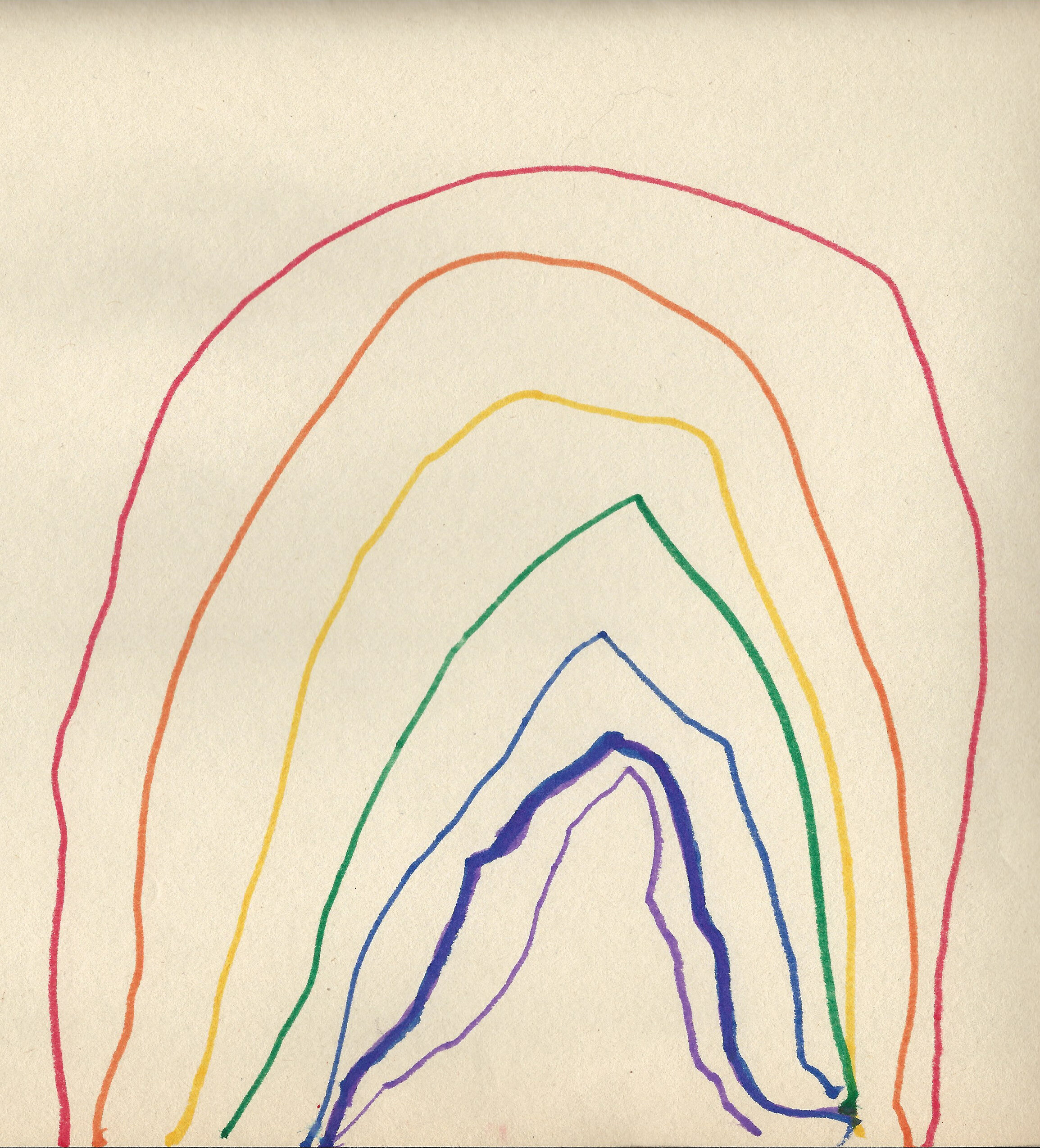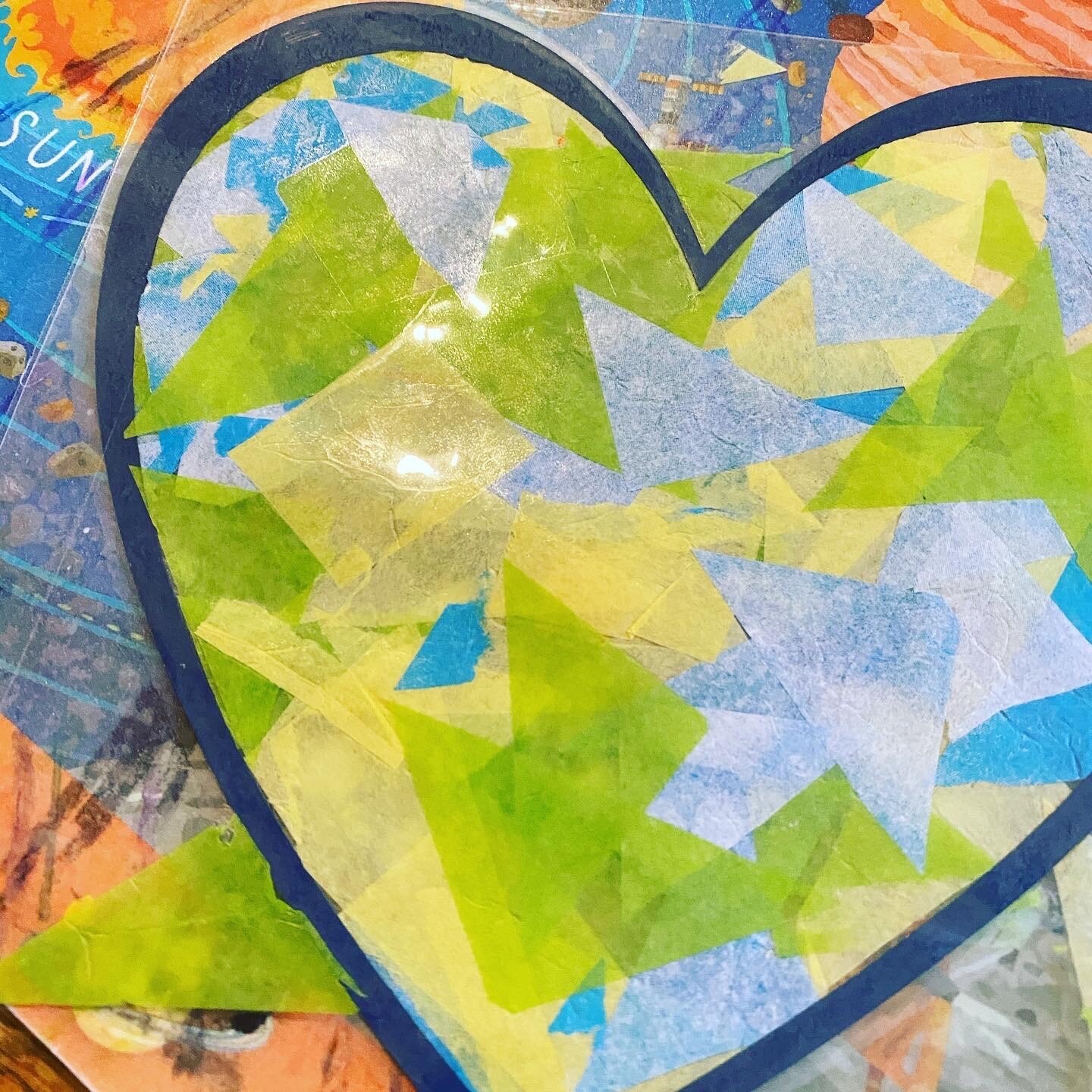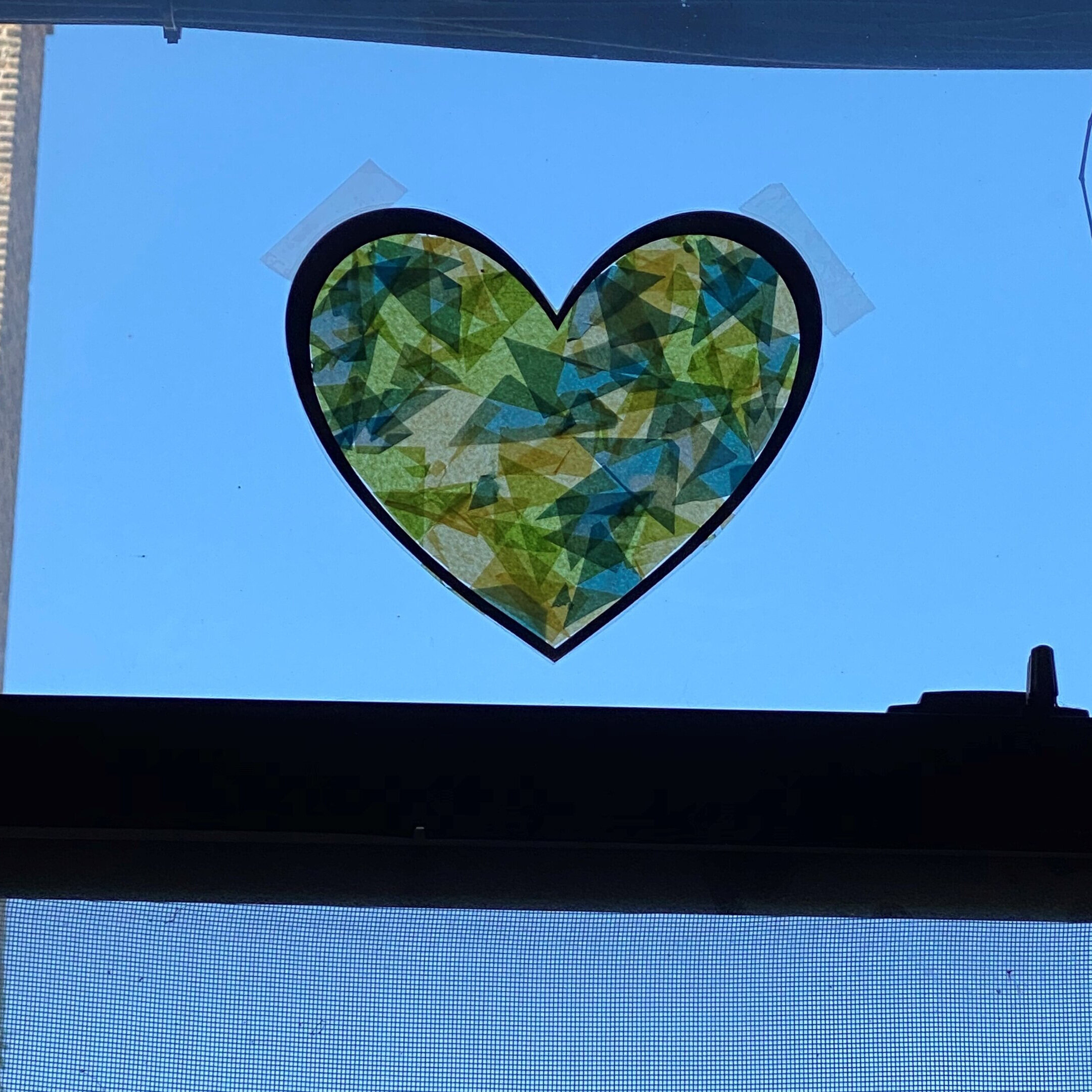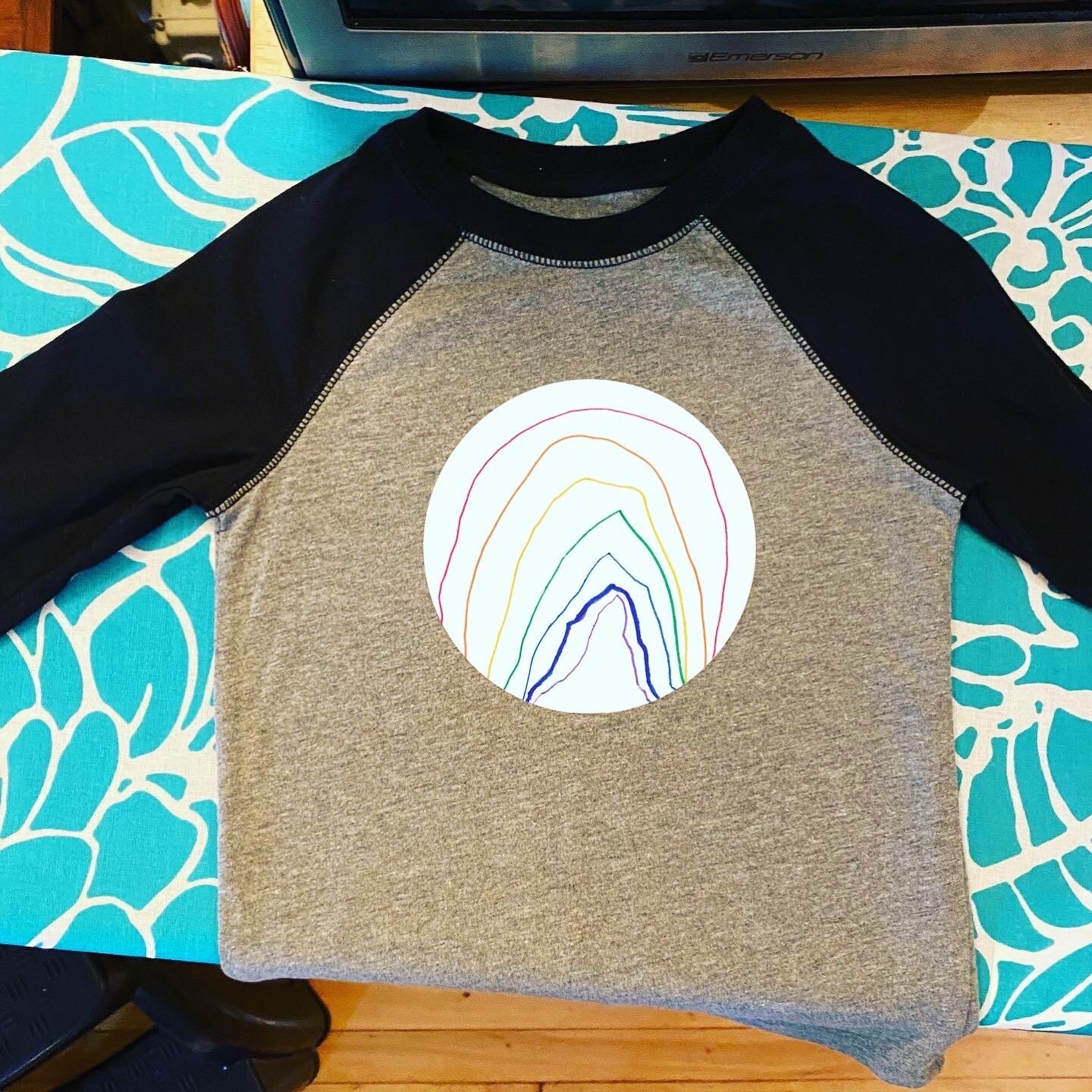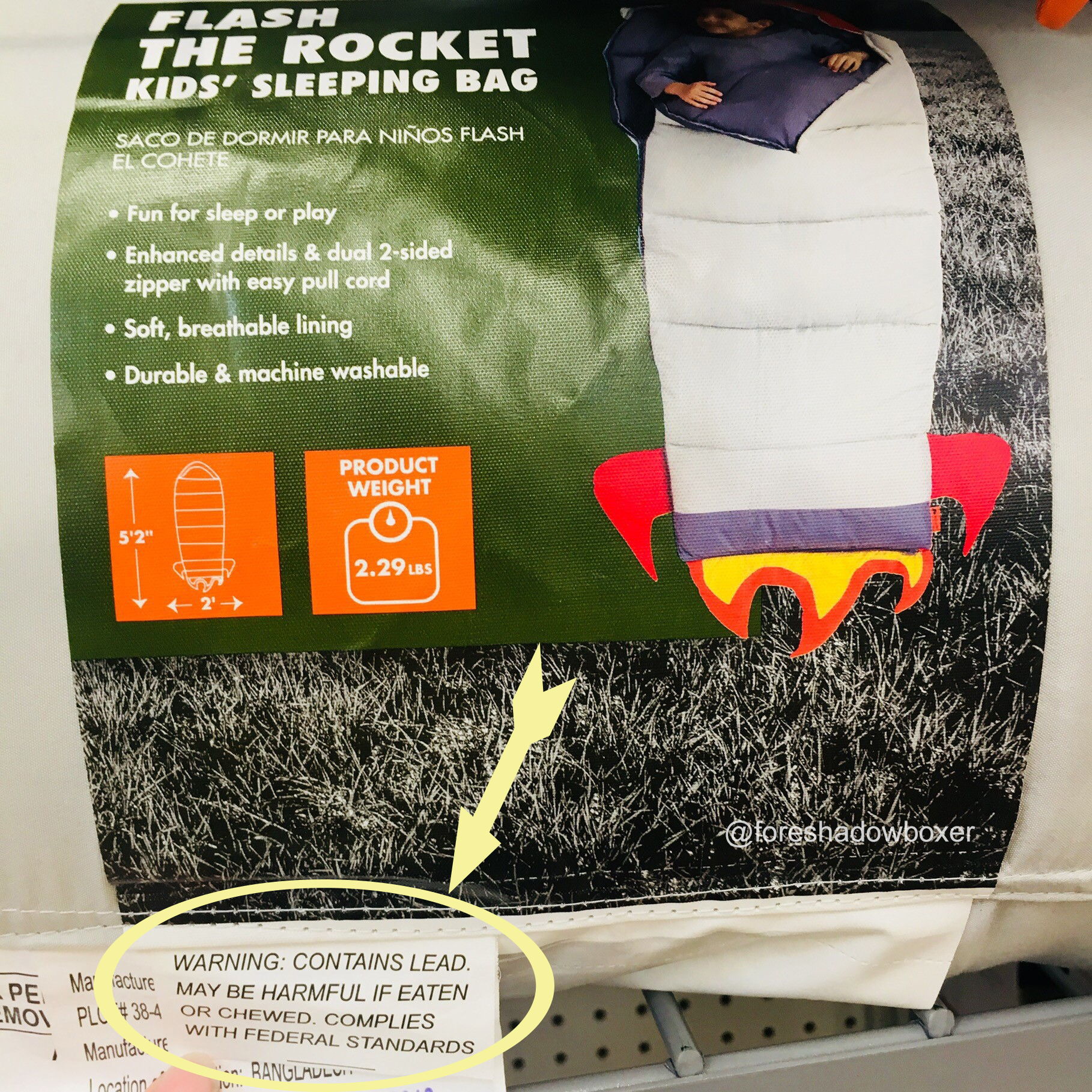The front of the old bag (Mickey, left) compared to the new bag (Monster, right). Click to enlarge.
If you, like me, are always looking for ways to sneak vegetable-like substances into your picky-eater’s diet, please note this massive bait and switch from “Good Health” with their “Veggie Chips.”
SOME VEGETABLES AND ALL VITAMINS HAVE BEEN REMOVED AND A CANCER WARNING HAS BEEN ADDED
I repeat.
SOME VEGETABLES AND ALL VITAMINS HAVE BEEN REMOVED AND A CANCER WARNING HAS BEEN ADDED
And yes: I know. Dehydrated vegetables are no substitute for fresh ones. But the struggle to get my kid to the fresh variety is very real, y’all. So whenever we opted for a processed food for snack time, we turned to things like Good Health Veggie Chips because their nutritional profile blew away the competition. They were loaded with actual dehydrated vegetables and herbs; and since throwing a bunch of vegetable powder into a processed snack doesn’t pack the nutritional wallop of eating fresh veggies, they previously added a host of vitamins to help mimic the impact. In fact: their previous formula included nine types of dehydrated vegetables and herbs (I’m not counting “dehydrated potato” in that number for obvious nutritional deficits) and six different vitamins.
So when I saw they were marketing a new monster-shaped chip just in time for Halloween but didn’t shout “new recipe!” on their packaging, I wrongly assumed the fun shape was the only thing that was different. We were running low and I was looking for “healthy” Halloween-themed treats for my lone trick-and-treater, so I eagerly threw them into my cart without a second thought.
The back of the old bag (left) compared to the new bag (right). Click to enlarge.
Until I got them home, that is, and I realized the word “veggie” was suspiciously missing from the small-type description in the lower left-hand corner of the bag. So I flipped the bag over and realized the “ingredient” list was significantly shorter on the new packaging. Normally I’m all for processed foods having as few ingredients as possible, but not when the ingredients are a variety of vegetables and vitamins. So I looked more closely and was pretty appalled.
The new formula has three fewer dehydrated vegetables/herbs (I’m giving them a pass on the missing “dehydrated garlic,” as the new formula replaces it with “garlic powder”). It’s missing beets, carrots and broccoli and ALL SIX ADDED VITAMINS.
They’ve also added a few things, including 62% more fat, rice flour, potassium chloride, potassium citrate and citric acid. And last and certainly not least: a cancer warning. Yes, that’s right: a cancer warning.
There’s a lot to unpack here, and I will admit now: although I primarily write in the healthcare space and am no stranger to related research, I’m not a doctor, scientist or nutritionist. But when I see the presence of more fat AND a cancer warning tied to acrylamide – a chemical that can form in some foods due to high-temperature cooking – I can’t help but wonder if there’s a connection. The presence of more oil/fat leads me to believe the new formula is being fried at a higher temperature (and thereby introducing an unsafe chemical into the finished product).
It’s worth noting that many potato chips and fries (and even some coffee) are required by the state of California to include an acrylamide warning due to high cooking temperatures. But it’s also worth noting that the previous formula didn’t require such a warning, and the need to include one now, to me, is an enormous contradiction to the brand name: Good Health.
As for the potassium chloride and potassium citrate: these are sometimes used as salt substitutes and to regulate acidity, respectively, and aren’t necessarily alarming. But this formula also still includes “salt” and the exact same amount of sodium as the previous recipe, which leads me to believe they felt the flavor was lacking and wanted to add more “salt-like quality” without increasing sodium levels. This results in a negligible amount of potassium (2% of the RDA) appearing in each serving, which can be a good thing. But with the appearance of potassium in the new formula comes a reduction in the amount of iron from 2% to zilch. So in a way, it’s a wash.
In any event, it seems these additions are intended to make up for what the new formula was otherwise lacking. We haven’t tasted them yet – in fact, we plan on returning them – but after I realized these chips were markedly different from the originals, I took a peek at online reviews and noticed a remarkable decline in ratings between the old and new formula. Seven months ago, every Target reviewer gave Good Health Veggie Chips 5 out of 5 stars. But starting about three months ago – presumably about the time these were introduced – the ratings dropped. 50% of all ratings since then have been 1 out of 5 stars, with one reviewer calling them “oily and gross” in comparison to the prior version. Multiple reviewers comment on the texture, with one noting: “The [previous formula] felt more like baked chips, while these monster ones are more air-y and feel like they're fried.”
If this reviewer is correct about the change in cooking method, that would certainly explain the addition of a cancer warning. I plan on reaching out to the company to confirm and will update this story once I know more, but given the timing of the new chips’ release, I didn’t want to delay sending this alert out to regular buyers.
My hope here is that these monster chips – as difficult as their cuteness is to resist in the days leading up to Halloween – are a temporary thing. That once Halloween passes, they’ll go not just with a different design, but also return to their original formula. But whether this is a short-or-long-term recipe, the fact remains: to market them as the same chip is deceptive at best.
If this is a long-term switch, I wouldn’t be surprised if it’s a cost-saving measure. But I think Good Health might find their sales negatively impacted by this move, with the previous formula’s nutritional value having been the reason many of us chose them over other brands. For me, this deceptive switch has significantly damaged their brand, and I suspect it will have a lasting impact on their sales. In which case: saving up-front now might cost them in the long run.



